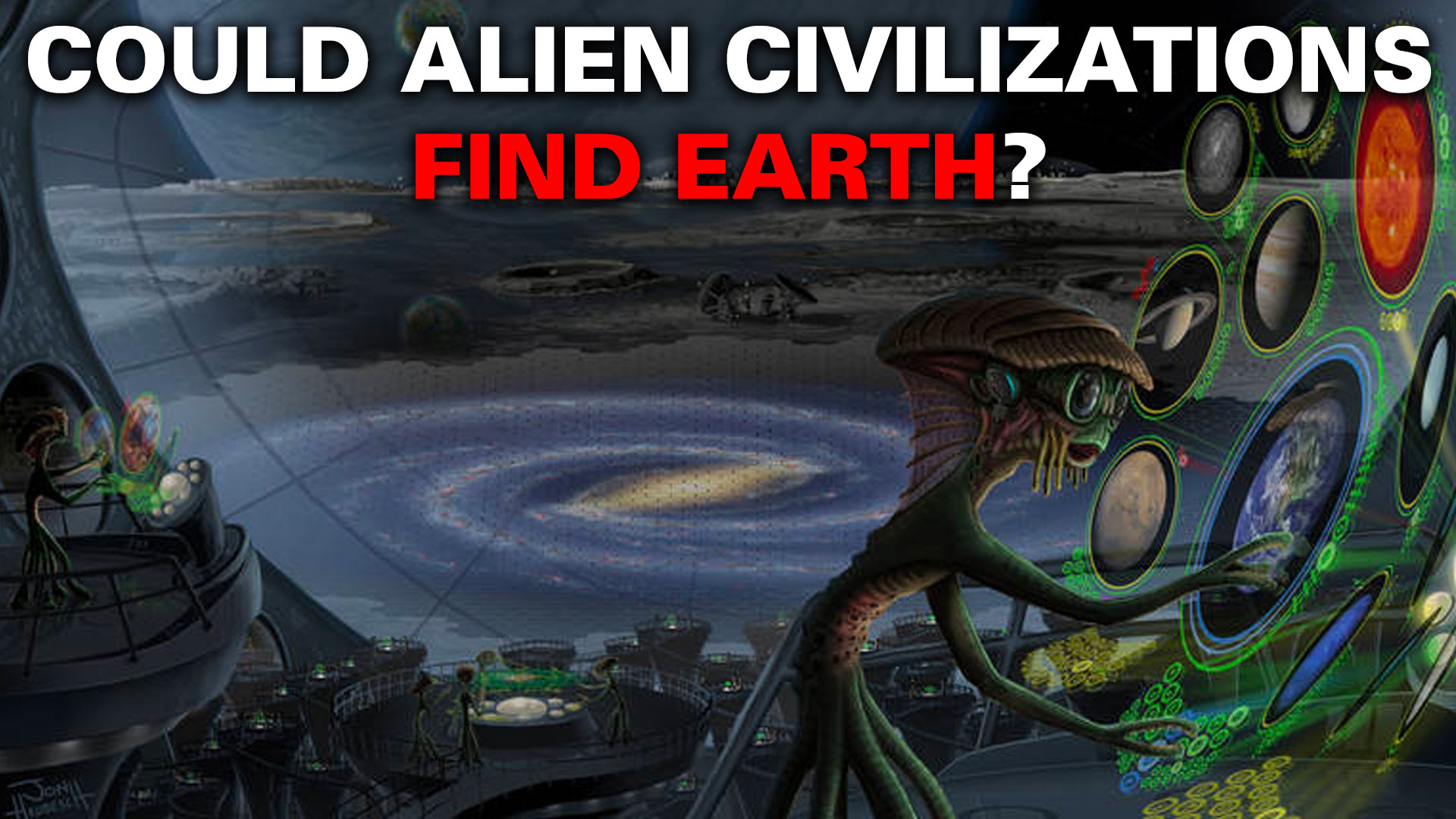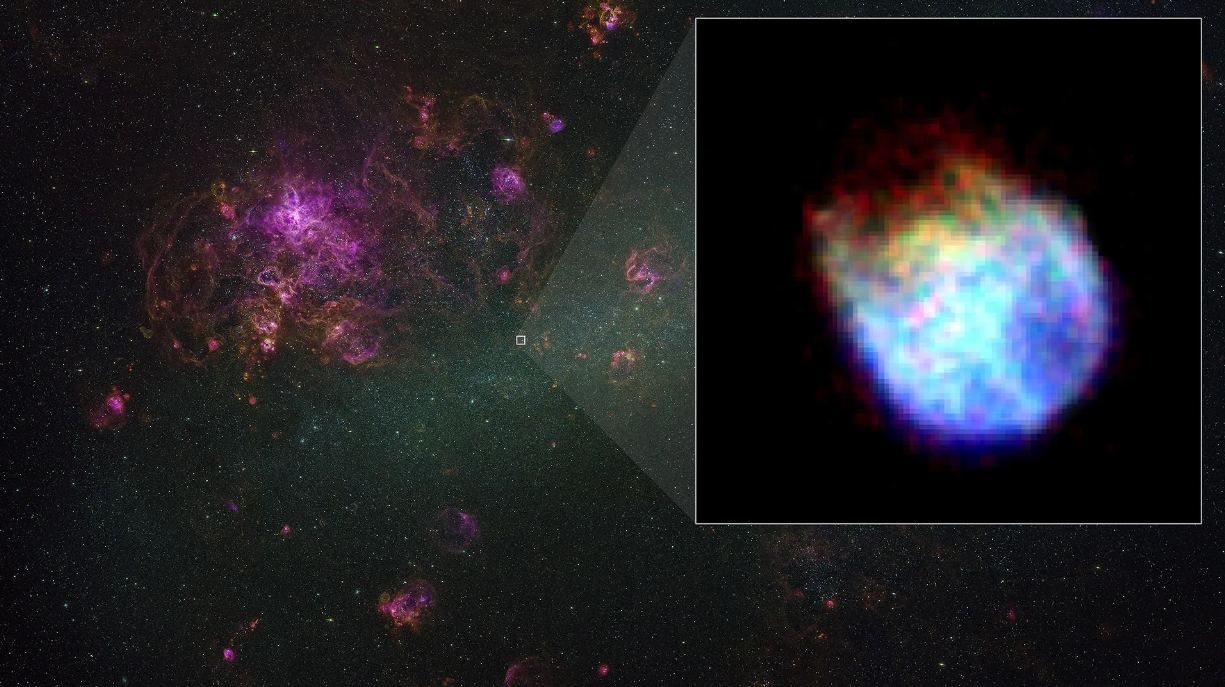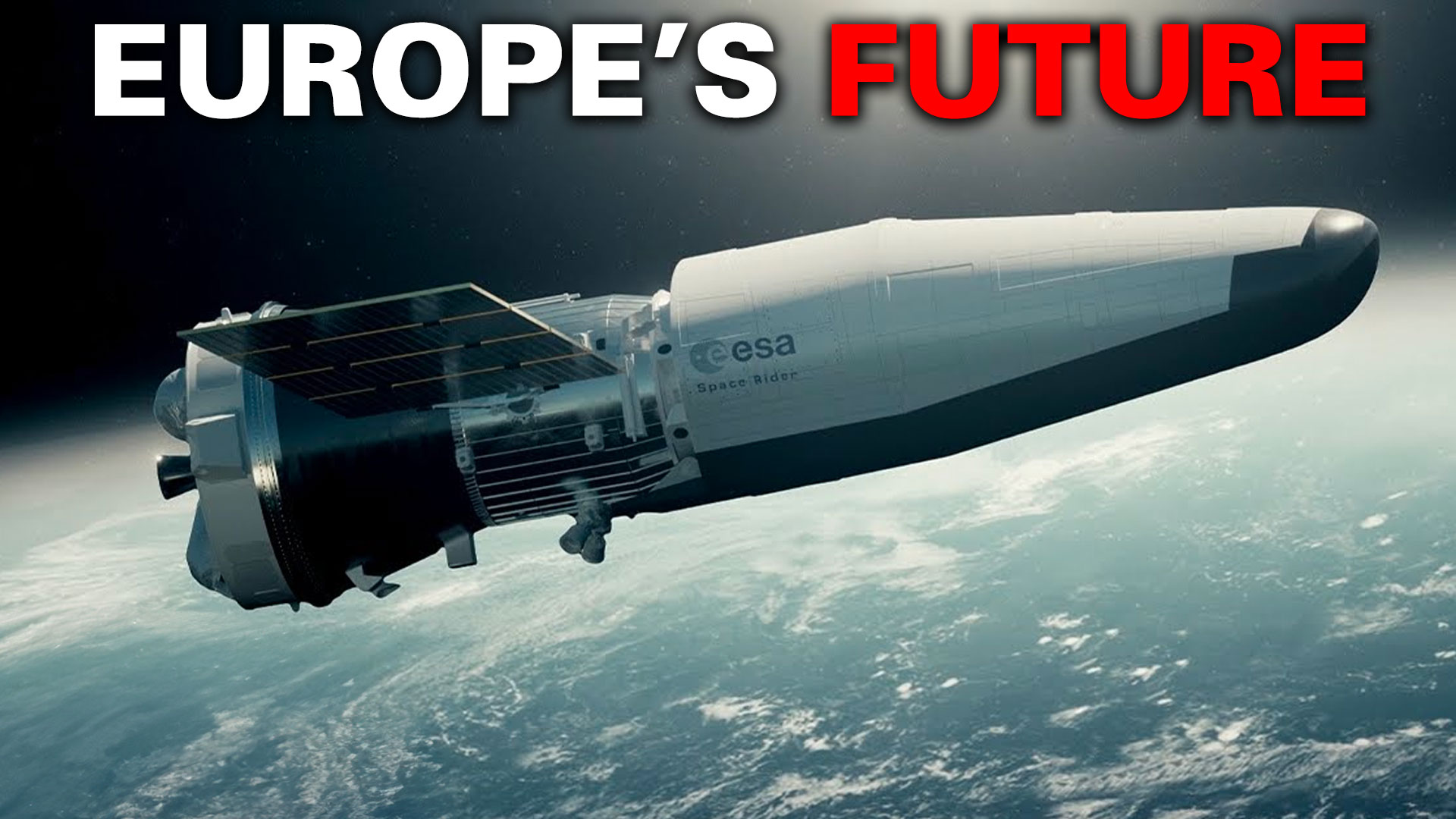Space missions regularly test multiple new technologies in one go. It’s very common to have a single mission test out three or more new technologies, making them “flight-proven.” Unfortunately, that sometimes means that though one particular new technology, or even many of them, might succeed, one technology could work. At the same time, another one could fail, and that single failure might mean that several other technologies might never even get a chance for their day in the Sun. That seems to have happened with NASA’s first Commercial Lunar Payload Services (CLPS) mission. While the Vulcan rocket, developed by the United Launch Alliance (ULA), lifted off successfully, the Peregrine lander, developed by Astrobotic, seems to have run into an error that jeopardizes the rest of the mission.
Continue reading “The First Launch of ULA’s Vulcan Goes Smoothly, but there’s a Problem with its Lander Payload”










